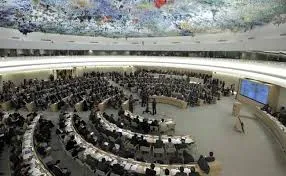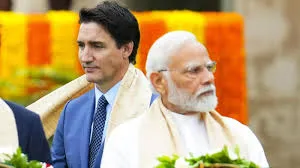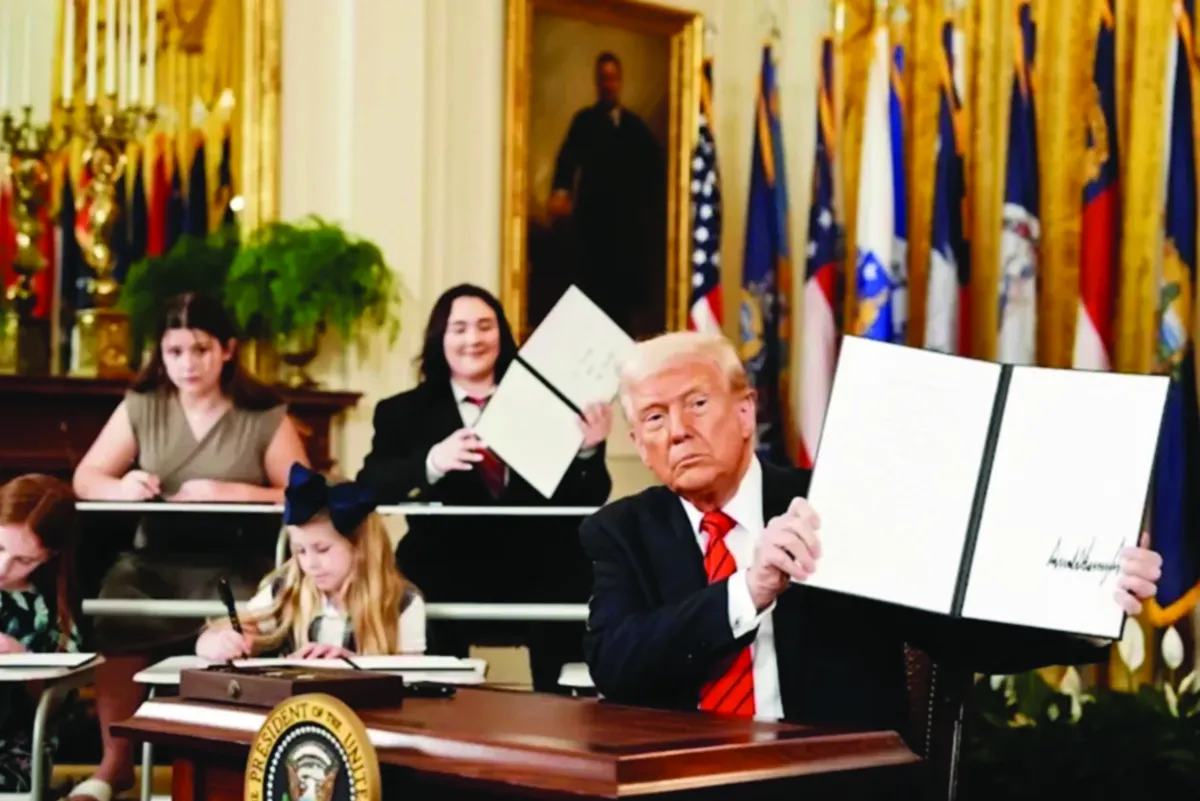Exit polls began in 1957 during the second Lok Sabha election when the Delhi-based Indian Institute of Public Opinion conducted a survey. Predicting elections in the immediate decades of Independence was not a tough job. Everybody knew Jawaharlal Nehru would come back to lead the government.
The exit poll surveys started drawing intense public interest during the 1980s and the 1990s. But those were days when a few thousand views would be used to predict the national election in India — whose population jumped from 71 crore in 1981 to 108 crore in 2001. This explained why exit polls, in general, grossly misjudged the outcome of the 2004 Lok Sabha election.
When exit polls got a shock
An interesting aspect of the 2004 exit polls was that it was in sync with a number of opinion polls that were conducted by different agencies in the 18 months prior to the Lok Sabha election. They all predicted the return of the Atal Bihari Vajpayee government. The final opinion poll conducted in January 2004 gave 335 seats to the BJP-led government. Exit polls conducted through the four phases of the voting during the 2004 Lok Sabha election gave 230 to 278 seats to the BJP-led ruling coalition and 174 to 205 seats to the Congress-led coalition in the 543-member House. When results were declared in May 2004, the BJP-led alliance lost power, securing only 181 seats. The Congress’s alliance won 2018 seats, with others getting 143 seats. The Left Front was to play the kingmaker and decided to back the Manmohan Singh-headed government at the Centre.
Have exit polls become more credible now?
Post-2004 goof-up, the exit pollsters have changed their strategies, expanding their sample size vastly. Now, some of the pollsters seek to know the voting preferences of over a million electors who actually went to the polling stations. Those gathering the data of voters in the thousands are considered smaller exit poll agencies.
More staggered elections have also helped the pollsters. In both the 2014 and 2019, the Lok Sabha elections were held in seven phases each. In 2014, pollsters had a festive time. Most of them got the winner right even though they overestimated the performance of the losing coalition. The poll of polls predicted a majority for the BJP-led alliance. It is pertinent to note that results of the elections will be announced on June 4.























